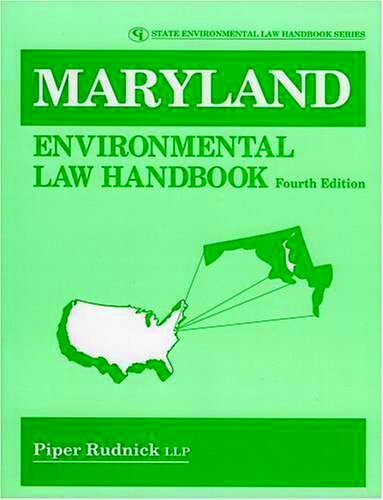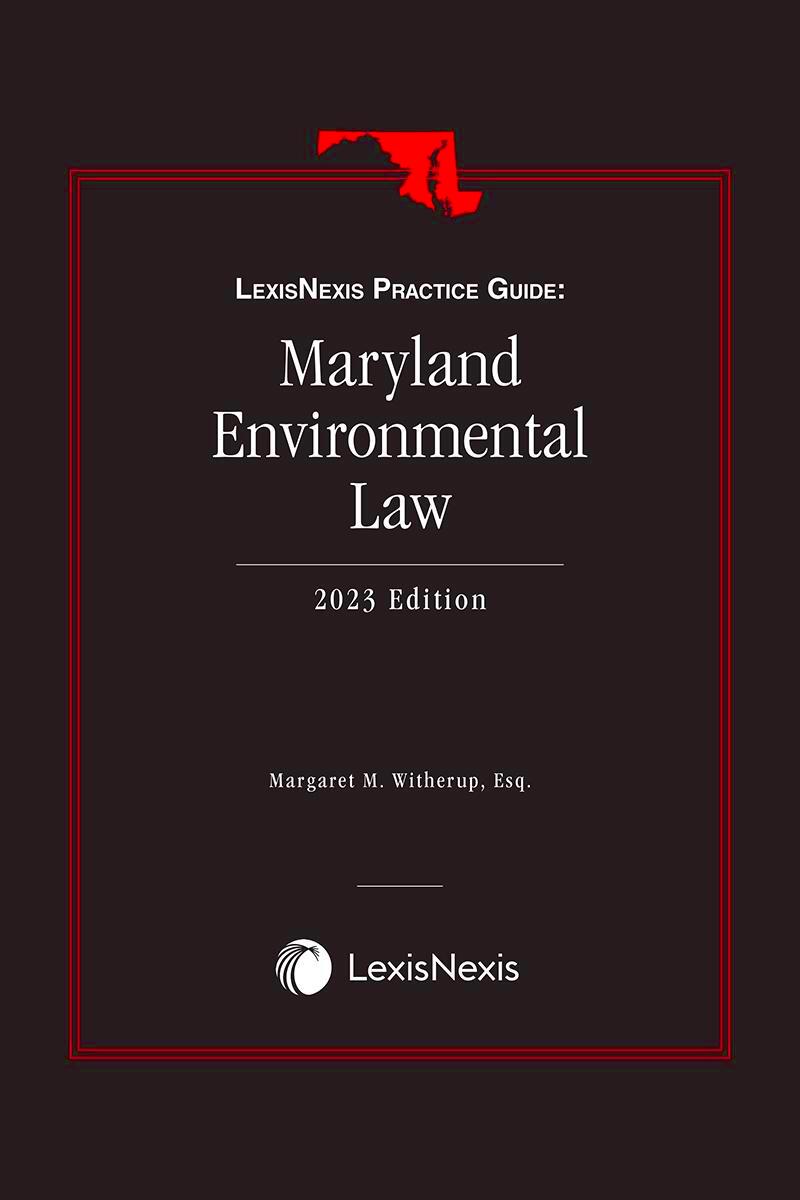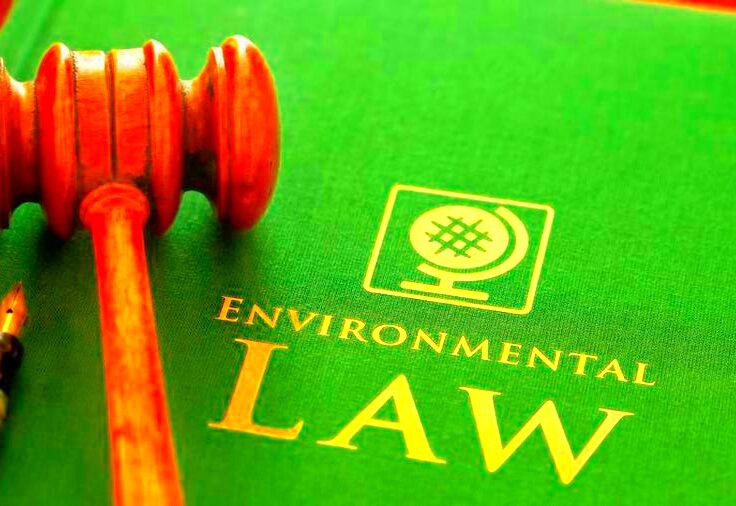An Overview of Maryland Environmental Protection Laws
Maryland is known for its strong commitment to preserving the environment. Environmental protection laws in the state are designed to safeguard natural resources, public health, and ecosystems. These laws address pollution control, land conservation, wildlife protection, and water quality. From regulating emissions to managing waste disposal, the state takes a comprehensive approach to environmental management. The goal is to ensure that development happens sustainably while keeping environmental impact to a minimum. These laws are also in place to meet federal standards and address state-specific environmental concerns.
Key Agencies Responsible for Environmental Protection in Maryland

Several agencies oversee the implementation and enforcement of environmental protection laws in Maryland. These organizations work together to ensure that the state remains committed to maintaining a clean and healthy environment.
- Maryland Department of the Environment (MDE): The MDE plays a central role in managing and regulating air, water, and land pollution. The agency enforces environmental laws and ensures compliance with federal and state standards.
- Maryland Department of Natural Resources (DNR): The DNR is tasked with conserving the state’s natural resources, including forests, parks, fisheries, and wildlife. It plays a significant role in land preservation and resource management.
- U.S. Environmental Protection Agency (EPA): Although not a state agency, the EPA works closely with Maryland’s government to enforce federal environmental regulations and provide oversight in areas like water quality and hazardous waste management.
These agencies collaborate with local governments and private entities to ensure the effective protection of the state’s natural resources and enforce regulations that affect Maryland’s communities and ecosystems.
Important Acts and Regulations Governing Environmental Protection

Maryland’s environmental protection laws are shaped by a combination of federal mandates and state-specific legislation. Some of the most important acts and regulations include:
| Act | Description |
|---|---|
| Clean Water Act (CWA) | This federal law sets the basic framework for regulating discharges of pollutants into U.S. waters. In Maryland, state regulations work alongside the CWA to protect waterways like the Chesapeake Bay. |
| Maryland Clean Energy Jobs Act | A state law that encourages the use of renewable energy sources, aiming to reduce reliance on fossil fuels and promote clean energy development. |
| Forest Conservation Act | Passed to minimize forest loss due to land development. This act requires careful planning and compensation for the destruction of forests. |
| Maryland Recycling Act | This law mandates recycling programs in counties and promotes waste reduction strategies statewide. |
These acts are crucial in maintaining Maryland’s commitment to environmental sustainability, ensuring cleaner air, water, and land for future generations.
How Maryland Enforces Environmental Protection Laws

Enforcing environmental protection laws in Maryland is a collaborative effort that involves various state agencies, local governments, and the community. The Maryland Department of the Environment (MDE) plays a key role in this enforcement, using several tools and strategies to ensure compliance with environmental regulations.
Here are some of the main ways Maryland enforces these laws:
- Permitting: Many activities that could impact the environment, such as construction or industrial operations, require permits. The MDE reviews these applications to ensure compliance with environmental standards.
- Inspections: Regular inspections of facilities help monitor compliance. Inspectors assess whether businesses and organizations follow state and federal regulations.
- Enforcement Actions: When violations occur, the MDE can take enforcement actions, including fines, penalties, or even legal action against violators.
- Public Reporting: The state encourages public participation in environmental monitoring. Citizens can report suspected violations, which can lead to investigations.
By utilizing these methods, Maryland ensures that its environmental protection laws are taken seriously and that businesses and individuals are held accountable for their actions, ultimately working towards a cleaner and healthier environment for everyone.
Maryland’s Role in Federal Environmental Laws

Maryland plays a significant role in the implementation of federal environmental laws while also addressing state-specific issues. The relationship between state and federal regulations helps to enhance environmental protection efforts across the country.
Some key points about Maryland’s involvement in federal environmental laws include:
- Collaboration with the EPA: Maryland works closely with the U.S. Environmental Protection Agency (EPA) to enforce federal laws such as the Clean Air Act and the Clean Water Act. This partnership ensures that the state meets federal standards while addressing local environmental challenges.
- State Implementation Plans (SIPs): Maryland develops SIPs to demonstrate how it will achieve and maintain national air quality standards set by the EPA. These plans outline specific strategies and actions the state will take.
- Funding and Grants: Maryland receives federal funding and grants to support various environmental initiatives. These funds help the state implement projects that improve air and water quality.
By actively participating in federal environmental programs, Maryland strengthens its ability to protect natural resources and public health while ensuring compliance with national regulations.
Recent Changes and Updates in Environmental Regulations
In response to evolving environmental challenges and the need for sustainable practices, Maryland has made several recent changes and updates to its environmental regulations. These adjustments reflect the state’s commitment to improving environmental health and addressing climate change.
Here are some notable changes:
| Regulation | Description |
|---|---|
| Strengthened Air Quality Standards | Maryland has adopted stricter air quality standards to reduce emissions from industrial sources and vehicles, improving public health and environmental quality. |
| Expanded Chesapeake Bay Restoration Efforts | The state has increased funding and regulatory efforts aimed at restoring the Chesapeake Bay, focusing on nutrient reduction and habitat restoration. |
| Enhanced Stormwater Management Regulations | New regulations require more stringent stormwater management practices for new developments to minimize runoff and protect water quality. |
| Update to Hazardous Waste Regulations | Maryland has revised its hazardous waste regulations to align more closely with federal standards, ensuring better management and disposal practices. |
These updates demonstrate Maryland’s proactive approach to environmental protection, ensuring that the state remains a leader in sustainability and conservation efforts.
The Impact of Maryland Environmental Laws on Businesses
Maryland’s environmental laws significantly influence how businesses operate within the state. These regulations aim to protect natural resources while promoting sustainable practices. For businesses, understanding and complying with these laws is crucial for avoiding penalties and maintaining a good reputation.
Here’s how these laws impact businesses:
- Regulatory Compliance: Businesses must comply with various regulations concerning air and water quality, waste management, and emissions. This can involve obtaining permits and adhering to strict operational guidelines.
- Cost Implications: Compliance can lead to additional costs for businesses, such as implementing eco-friendly technologies or hiring environmental consultants to ensure adherence to regulations.
- Reputation Management: Companies that prioritize environmental responsibility can enhance their public image. Consumers increasingly prefer businesses that demonstrate a commitment to sustainability.
- Competitive Advantage: By adopting green practices, businesses can differentiate themselves in the market. This can attract environmentally conscious customers and open up new opportunities.
- Access to Incentives: Maryland offers various incentives for businesses that invest in renewable energy or other environmentally friendly practices. These can include grants, tax credits, and other financial benefits.
While there may be challenges in complying with environmental laws, the long-term benefits of sustainable practices often outweigh the costs, leading to a healthier environment and a thriving business community.
Future Trends in Maryland Environmental Protection
The landscape of environmental protection in Maryland is continuously evolving, driven by new scientific findings, technological advancements, and changing public attitudes toward sustainability. Looking ahead, several key trends are likely to shape the future of environmental laws and practices in the state.
Some of these trends include:
- Increased Focus on Climate Change: Maryland is expected to enhance its climate action initiatives, aiming to reduce greenhouse gas emissions and promote resilience against climate impacts.
- Expansion of Renewable Energy: The state will likely push for more investments in renewable energy sources, such as solar and wind, to meet its clean energy goals.
- Emphasis on Green Infrastructure: There will be a growing trend towards using green infrastructure solutions, like rain gardens and permeable pavements, to manage stormwater and reduce urban runoff.
- Stricter Regulations on Pollution: Maryland may implement tighter regulations on industrial emissions and waste management to improve air and water quality.
- Community Engagement: Involving the community in environmental decision-making will become increasingly important, as public input can lead to more effective and accepted policies.
These trends indicate a robust commitment to environmental stewardship in Maryland, paving the way for a more sustainable future.
Frequently Asked Questions About Maryland Environmental Laws
If you have questions about Maryland’s environmental laws, you’re not alone. Many residents and businesses seek to understand how these regulations affect them. Here are some frequently asked questions:
| Question | Answer |
|---|---|
| What is the purpose of Maryland’s environmental laws? | These laws aim to protect natural resources, public health, and ecosystems by regulating pollution and promoting sustainable practices. |
| Who enforces these laws? | The Maryland Department of the Environment (MDE) is the primary agency responsible for enforcing environmental regulations in the state. |
| What happens if a business violates environmental laws? | Violations can result in fines, penalties, or legal action. The MDE may also require corrective actions to address any harm caused. |
| Are there incentives for businesses to go green? | Yes, Maryland offers various incentives, including tax credits and grants, to encourage businesses to adopt environmentally friendly practices. |
| How can residents report environmental violations? | Residents can report violations to the MDE or their local government. Public participation is encouraged to help monitor compliance. |
Understanding these aspects of Maryland’s environmental laws can help individuals and businesses navigate compliance and contribute to a healthier environment.
Conclusion and Final Thoughts on Maryland Environmental Protection
Maryland’s commitment to environmental protection plays a vital role in preserving the state’s natural resources, public health, and overall quality of life. The combination of robust laws, active enforcement by key agencies, and community involvement has created a framework that addresses both current and future environmental challenges. As we look forward, the trends towards increased sustainability, climate action, and renewable energy adoption will shape the landscape of environmental protection in Maryland.
Businesses, residents, and policymakers must continue to work together to support these efforts. By understanding and complying with environmental laws, everyone can contribute to a healthier and more sustainable Maryland. The journey towards environmental stewardship is ongoing, and with collective effort, Maryland can lead the way in creating a cleaner, greener future for all.


